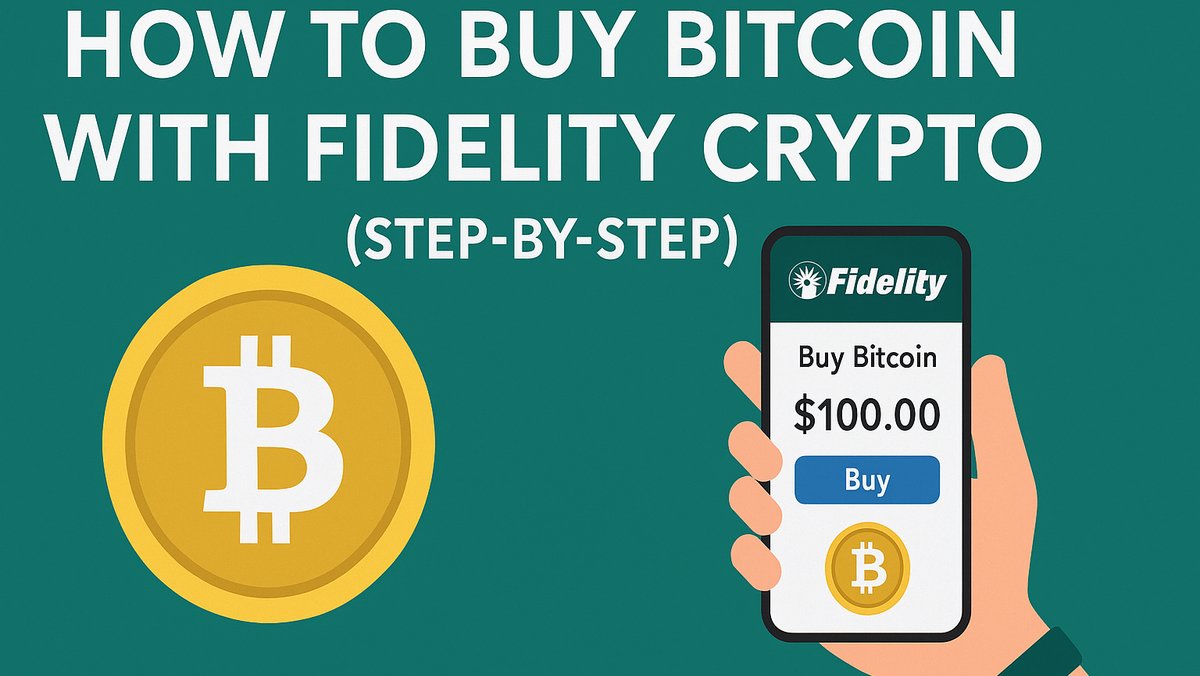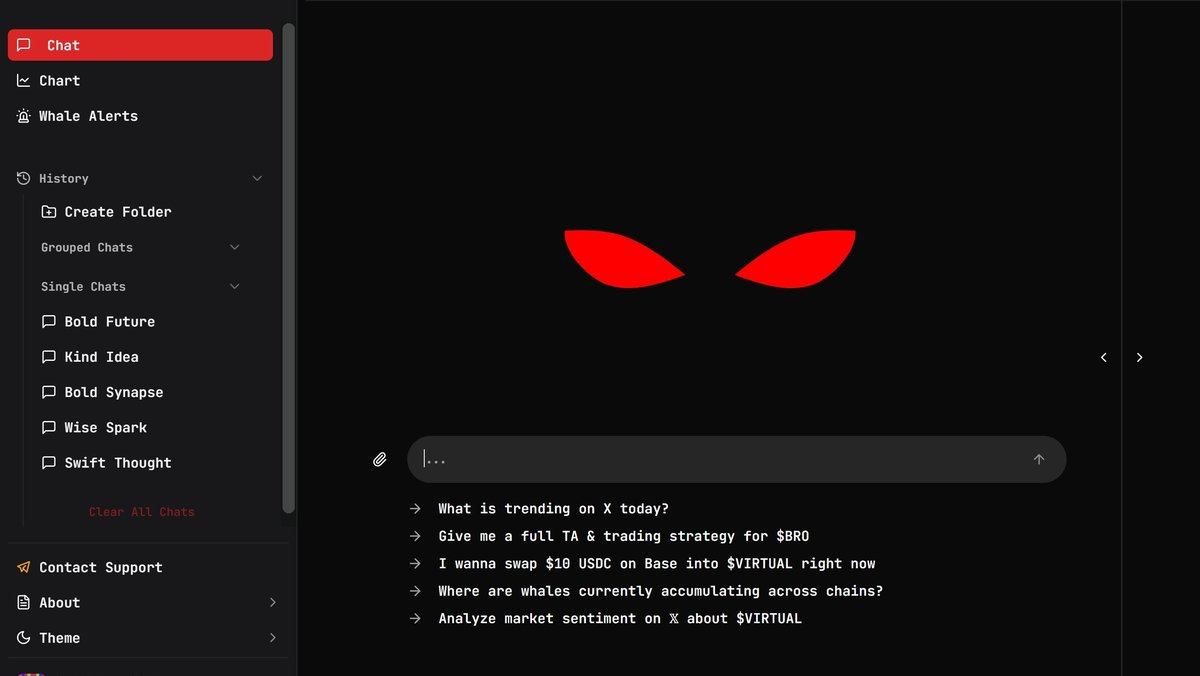How to Buy Bitcoin with Fidelity Crypto (Step-by-Step)
Fidelity, one of the largest and most trusted financial institutions in the United States, now offers a crypto platform that allows individuals to buy, sell, and hold Bitcoin directly through their Fidelity accounts. For investors who already use Fidelity for stocks, ETFs, or retirement planning, this is a seamless way to diversify into digital assets. This guide walks you through the entire process—from opening an account to executing your first Bitcoin trade—while also explaining important considerations like fees, security, and risk management.
Why Choose Fidelity Crypto?
Before diving into the step-by-step process, it’s important to understand why many investors prefer Fidelity over standalone crypto exchanges:
- Trust & Regulation: Fidelity operates under strict U.S. financial regulations, making it one of the most compliant platforms available.
- Integration: Users can view their crypto holdings alongside stocks, ETFs, and retirement accounts in one dashboard.
- Security: Fidelity uses institutional-grade cold storage and insurance protections for crypto assets.
- Transparency: Fees are clear and competitive compared to other regulated exchanges.
Step-by-Step Guide to Buying Bitcoin with Fidelity
Step 1: Open or Log in to Your Fidelity Account
If you don’t already have a Fidelity account, you’ll need to create one on the Fidelity website. For existing customers, simply log in with your username and password. Ensure that your account is verified with your identity information, as this is required for crypto transactions.
Step 2: Enable Fidelity Crypto
Not all Fidelity accounts are automatically enabled for crypto. Navigate to the “Crypto” section in your dashboard and agree to the disclosures. Fidelity currently offers Bitcoin (BTC) and Ethereum (ETH), with plans to expand in the future.
Step 3: Fund Your Account
You’ll need U.S. dollars (USD) in your Fidelity account to buy Bitcoin. You can fund your account via bank transfer, wire, or by transferring cash from another Fidelity brokerage account. There are no additional fees for moving money within Fidelity.
Step 4: Place a Bitcoin Buy Order
Once your account is funded:
- Navigate to the “Trade” section.
- Select Bitcoin (BTC) as the asset.
- Enter the dollar amount or number of BTC you wish to purchase.
- Review the estimated fees (typically ~0.35% per trade).
- Click “Buy” to complete the transaction.
Your Bitcoin will appear in your Fidelity Crypto account immediately after purchase.
Step 5: Secure Your Investment
While Fidelity provides secure storage, some investors prefer to transfer Bitcoin to an external wallet for self-custody. At present, Fidelity does not allow direct withdrawals to private wallets, so users must keep their assets within the Fidelity platform. This makes it more secure for beginners, though less flexible for advanced crypto users.
Fees and Costs
Fidelity charges a spread of about 0.35% per trade. Unlike Coinbase, which can charge over 1%, Fidelity’s pricing is relatively competitive for a regulated U.S. broker. There are no custody fees, and you can hold Bitcoin indefinitely without extra costs.
Risks and Considerations
Even though Fidelity adds legitimacy to crypto investing, buying Bitcoin still carries risks:
- Volatility: Bitcoin prices can fluctuate dramatically within hours.
- Regulation: Crypto rules in the U.S. are evolving and may affect availability or tax obligations.
- Limited Assets: Fidelity only supports Bitcoin and Ethereum, unlike Coinbase or Binance, which offer hundreds of tokens.
Investors should consider their risk tolerance, time horizon, and diversification strategy before committing significant funds.
Who Should Use Fidelity Crypto?
- Beginners: Ideal for those new to crypto who value simplicity and security.
- Long-term investors: Best suited for individuals looking to add Bitcoin to a retirement or wealth-building portfolio.
- Conservative investors: Perfect for those who want exposure to crypto within a trusted, regulated financial institution.
Conclusion
Buying Bitcoin through Fidelity is one of the safest and most straightforward ways for U.S. investors to enter the crypto market. While the platform may lack advanced features and token variety, its strong regulatory foundation, security measures, and integration with traditional finance make it a powerful option for long-term investors.
Further Reading and Resources
Crypto Exchanges | Guides | Best Crypto Apps
Frequently Asked Questions
Can I transfer Bitcoin out of Fidelity? Currently, Fidelity does not allow crypto withdrawals to external wallets. Assets must remain in-platform.
How much Bitcoin can I buy on Fidelity? Purchase limits depend on your account type and funding method, but most retail accounts allow daily purchases up to $100,000.
Does Fidelity offer crypto in retirement accounts? Yes, Fidelity allows Bitcoin exposure in certain 401(k) and retirement products, subject to employer plan approval.
Is Fidelity cheaper than Coinbase? Generally, yes. Fidelity charges ~0.35% per trade, compared to Coinbase’s higher fees for retail investors.
Is Fidelity safe for crypto? Yes. With institutional-grade custody, insurance protections, and regulatory oversight, Fidelity is one of the safest options available.







